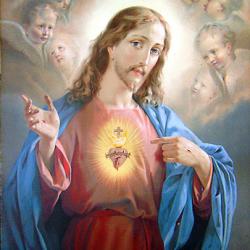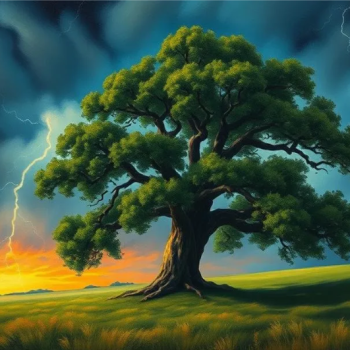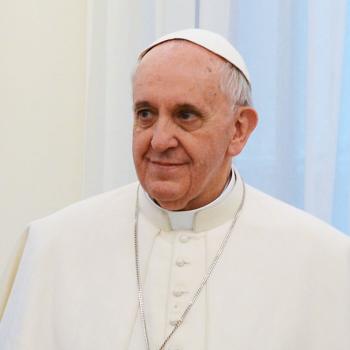Makoto Shinkai is fascinated by the world of science fiction—a world whose trappings are reminiscent of our own, yet whose technological advances provide him the opportunity to explore moral and ethical dilemmas once thought unimaginable. Yet unlike Akira, Ghost in the Shell, Evangelion, and some of the other genre stalwarts that have achieved popularity in the West, Shinkai's The Place Promised in Our Early Days (Kumo no mukô, yakusoku no basho) eschews the often-frenetic action of its brethren in favor of a more ethereal, philosophical approach. Shinkai lists Miyazaki's Caste in the Sky as a film that most influenced his childhood, and there is a mesmerizing, meditative poetry in his images that must make the master proud.
Set in an "alternate reality" Japan whose northern province is ruled by a shadowy government (The Union) and whose southern islands form an American-backed consortium (The Alliance), the film tells the story of two young men (Takuya and Hiroki), the girl they love (Sayuri), and their shared obsession: to construct an airship and fly it across the Tsugaru Strait that separates the two governments. Their destination is The Tower, a mysterious edifice that rises from the center of Hokkaido Island and whose secretive operations have been the focus of Alliance attention for years. Unaware of growing intelligence that The Tower is a portal between parallel universes—alternate realities described by one scientist as "the universe's dreams"—the trio of young people spend a blissful summer building their ship, the "Bella Ciela," only to have their efforts brought to a halt by Sayuri's mysterious disappearance.
Three years pass without a single word from the missing girl. In an attempt to erase the painful memories of that summer, Hiroki flees to Tokyo, but the brilliant Takuya becomes a key component in The Alliance's efforts to construct a portal of their own. Eager to harness the power of parallel universes for themselves, Alliance scientists instead uncover The Union's plan to weaponize The Tower—plans held in check by a baffling link between the menacing structure and its creator's granddaughter, the long-lost Sayuri. The fragile boundaries between realities are maintained only so long as she dreams, and she has spent the past three years in a closely-guarded hospital room, reduced to a comatose state by The Tower's narcoleptic powers. When Hiroki hears of this, he rushes to her side, but the governments' myopic military escalation (and Takuya's growing jealousy) pit Hiroki's desire to rescue Sauyri against the survival of a world order for which he cares little, but which he cannot allow to collapse.
The story is a bit convoluted, and the film's first act is slow-moving, but the extraordinary visuals (highlighted by an eerie luminance that bathes many of the film's locations) and its ambitious exploration of the power and dangers of technology are more than enough reward for those who survive its set-up. The film's most powerful insights are those suggested by the title itself: the notion of "Promised Places," and how preconceptions of them can profoundly affect our expectations and define our "happiness." Hiroki has spent his life inspired and reassured by the ever-present Tower; he has planned his future around it. His subsequent recognition of the Tower's sinister purpose (and the direct conflict between it and his loved one's survival) forces him to reevaluate everything he thought he knew. But can he embrace the destruction of the very thing he has so long desired? Or will the imaginary vision projected upon his future—a vision where final happiness is tied to a clear yet false perception of the Tower's worth—stifle his ability to embrace the reality before him?
For Americans awakening to just how "broken" our culture has become, this is a timely and terrifying theme. We look at our children, consider the economic, political, and technological upheaval of the last few years and feel profoundly insecure about what it is we are handing them. What will their "promised place" look like? Will it be a peaceful place or a dark one, a place of promise or of prostration? Will it even be recognizable to us, or will factors beyond our control test their beliefs and their resolve far more stringently than ours ever were? If so, have we prepared them for it?
It takes the better part of a believer's life to learn and accept that God knows (and we don't need to know) what He has in store for us. Despite our conceits to the contrary, He has promised us nothing in this life—nothing, that is, but suffering, ridicule, tribulation, and death. What He has promised us is a final glorious reward for faithful devotion to Him, and for our boundless confidence in His Divine Providence.





